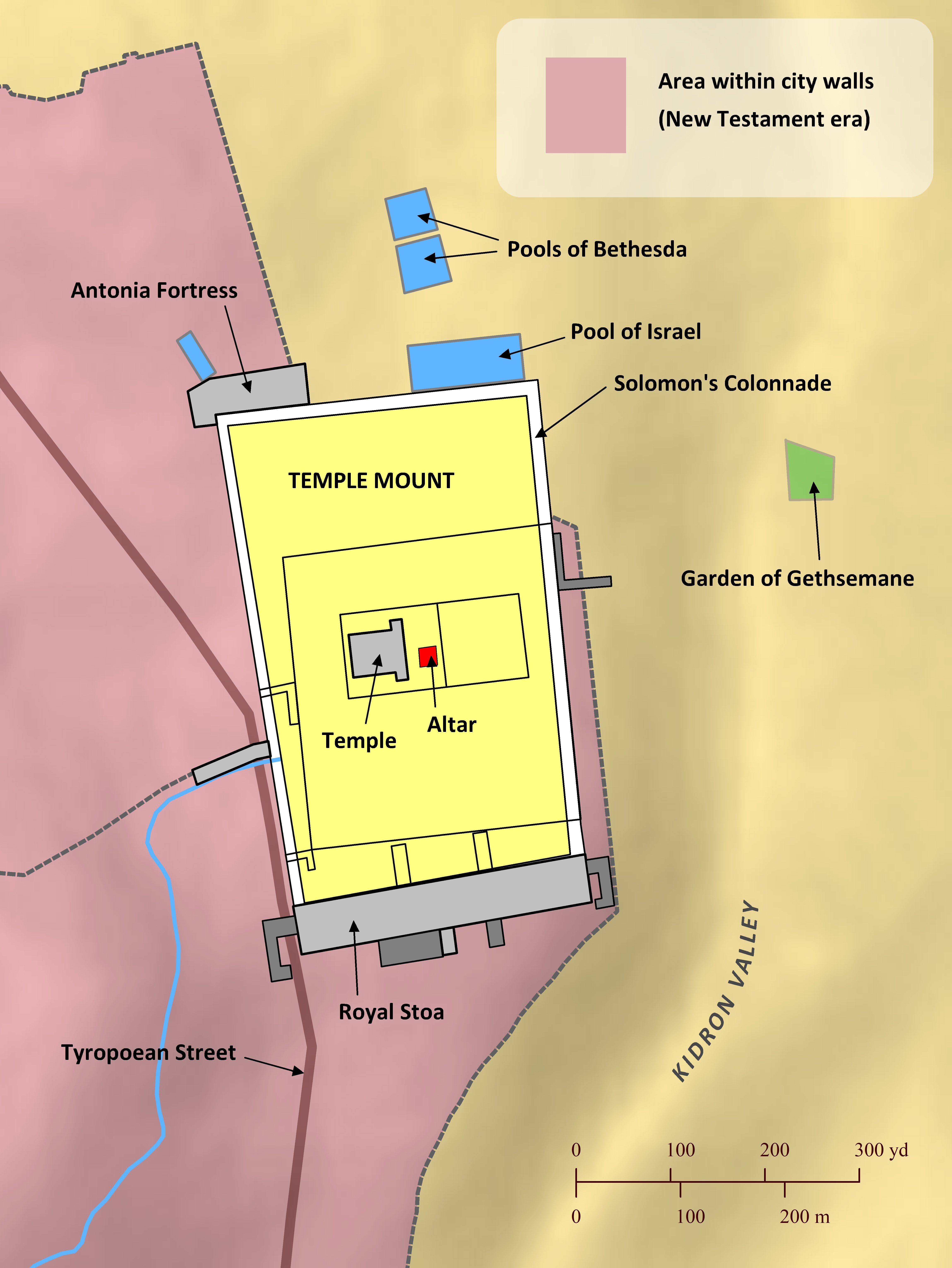4 Now Yerushalem covered a large area but not many people had returned to live there yet, and the houses hadn’t yet been rebuilt.
5 So God gave me the idea of gathering the leaders and the people grouped by their ancestors. I found the register of those who’d returned from exile to Yerushalem, with this written in it:
6 “These are the descendants of the people exiled by the Babylonian King Nevukadnetstsar, who returned to Yehudah and to Yerushalem—each family returning to their own ancestral town. 7 Their leaders were Zerubavel, Yeshua, Nehemyah, Azaryah, Raamyah, Nahamani, Mareddekai, Bilshan, Misperet, Bigvai, Nehum, and Baanah.
The number of Israeli men:
- 8 2,172 descendants of Far’osh,
- 9 372 descendants of Shefatyah,
- 10 652 descendants of Arah,
- 11 2,818 descendants of Pahat-Moav (descendants of Yeshua and Yoav),
- 12 1,254 descendants of Eylam,
- 13 845 descendants of Zattu,
- 14 760 descendants of Zakkay,
- 15 648 descendants of Binnuy,
- 16 628 descendants of Bevai,
- 17 2,322 descendants of Azgad,
- 18 667 descendants of Adonikam,
- 19 2,067 descendants of Bigvai,
- 20 655 descendants of Adin,
- 21 98 descendants of Ater (from Hizkiyah),
- 22 328 descendants of Hashum,
- 23 324 descendants of Betsai,
- 24 112 descendants of Harif,
- 25 and 95 descendants of Giv’on.
26 Other men from these towns:
- 188 from Beyt-Lehem and Netofah,
- 27 128 from Anatot,
- 28 42 from Beyt-Azmavet,
- 29 743 from Kiryat-Yearim, Kefirah, and Beerot,
- 30 621 from Ramah and Geva,
- 31 122 from Mikmas,
- 32 123 from Beyt-El and Ay,
- 33 52 from Nevo,
- 34 1,254 descendants of the other Eylam,
- 35 320 descendants of Harim,
- 36 345 descendants of Yericho,
- 37 721 descendants of Lod, Hadid, and Ono,
- 38 and 3,930 descendants of Sena’ah.
39 The priests who returned:
43 The Levites who returned:
44 The singers:
45 The gatekeepers:
46 The temple servants:
- the descendants of Tisha, Hasufa, and Tabaot,
- 47 the descendants of Keros, Sia, and Fadon,
- 48 the descendants of Levana, Hagava, and Shalmai,
- 49 the descendants of Hanan, Giddel, and Gahar,
- 50 the descendants of Reayah, Retsin, and Nekoda,
- 51 the descendants of Gazzam, Uzza, and Faseah,
- 52 the descendants of Besai, Meunai, and Nefissim,
- 53 the descendants of Bakbuk, Hakufa, and Harhur,
- 54 the descendants of Batslit, Mehida, and Harsha,
- 55 the descendants of Barkos, Sisera, and Temah,
- 56 and the descendants of Netsiyah and Hatifa.
57 The descendants of Shelomoh’s servants who returned:
60 Altogether, there were 392 descendants of the temple workers and conscripted labourers.
61 There were also some who returned from Tel-Melah, Tel-Harsha, Keruv, Addon, and Immer, even though they couldn’t prove who their ancestors were, or even that they were descendants of Israelis:
62 There were also 642 descendants of Delayah, Toviyyah, and Nekoda, 63 plus some priests:
- the descendants of Havayah, Hakots, and Barzillai. (Barzillai had married a descendant of a man named Barzillai from Gilead, and had taken his wife’s family name.)
64 They had search the genealogical records for their family histories, but didn’t find them, so they were ineligible to serve as priests. 65 The governor had disallowed them from eating the priests’ food until a recognised priest could consult the Urim and Thummim.[ref]
66 Altogether, 42,360 people returned to Yehudah, 67 not counting their 7,337 male and female servants, and 245 male and female singers. 68 They had 736 horses, 245 mules, 69 435 camels, and 6,720 donkeys. 70 Some of the leaders of the ancestral clans gave to the work. The governor donated 8kg of gold, 50 bowls, and 530 robes for the priests, 71 and some of the leaders donated 150kg of gold and 1,500kg of silver. 72 The rest of the people donated 150kg of gold, 1,300kg of silver, and 67 robes for the priests.
73 So the priests and the Levites, the gatekeepers and the singers, the temple workers and the rest of the Israelis, all settled in their various ancestral cities.[ref]
